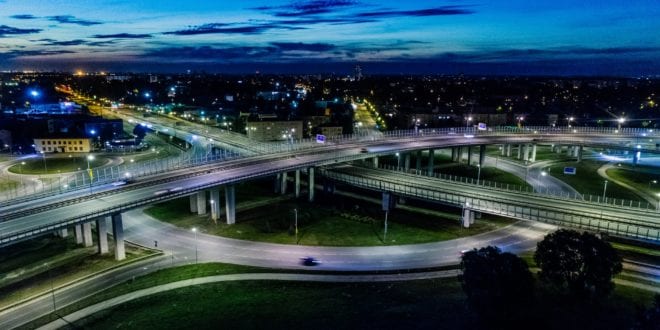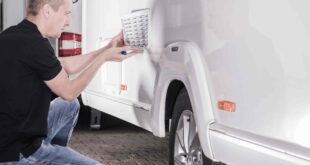In order to predict the future of transportation, a good place is with the past. The average person walks at a rate of around 3.1 miles per hour, so soldiers in the past were roughly limited to advance at around 25-30 miles per had.
During the days of the Pony Express, in 1860, the horses reached a top speed of 10 miles per hour.
By the 1930s, rail cars were traveling at 100 miles per hour, 10 times that speed and airplanes had advanced to speeds of 200 miles per hour. And by the time, the Concorde jet airplane came about in Great Britain, the borders of commercial flight were tested at roughly 1300 miles per hour.
Airlines are expensive to operate, however, and bullet-trains, as they have in Japan, run at 200 miles per hour. Which brings us back to the future of modern transportation.
The transportation today
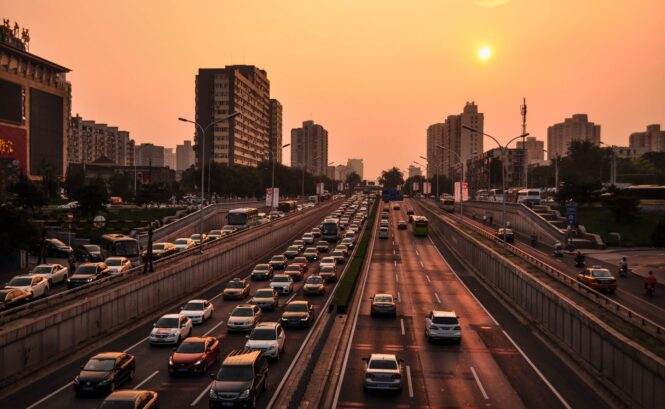
Nearly 18 percent of the world or roughly 1.4 billion cars are running on the road today. And for the foreseeable future, even in places like Japan and Europe which have bullet trains, it’s hard to justify the costs of a nationwide bullet train system.
In Japan, for example, the cost of the tracks for a bullet train runs around $1700 per kilometer (and by the way you need two sets of track for a bullet train.) As a consequence, a single set of tracks running from Los Angeles to New York would cost several billion dollars when all the easements were taken place.
Right now, the only high-speed rail project in the United States is a project that would link Bakersfield to Merced, CA, and eventually extend from Anaheim to San Francisco. But that’s just one small stretch of California. And even if this stretch of high-speed rail gets connected, it would still serve less than a third of the population of the State.
The dirty little secret of trains is that by far they transfer much more cargo than they do passengers, Only about 5 percent of people in the U.S. regularly use the train as a transportation system.
And as far as the traditional Jetson dream that people would each have their own personalized hovercraft, you can forget it. It likely will be 200 years before self-driving flying technology is perfected and people will be able to safely hover over the skies and land their hovercraft at their workplace.
There are just too many technological barriers, to ever let people fly on their own without control, and even if the technology comes on board, it would be too expensive for the average person to buy.
The transportation 50 years from now

Currently, if you want to buy a single-engine plane, you are lucky to get one for less than $25,000 and aviation fuel alone runs at around $5 per gallon. And major aviation laws would also need to be changed as you can currently only fly between airports, not public parking lots.
So what is all this leading too? It seems that for the next 50 years at least, cars, followed by jetliners and trains will be the main transportation vehicles. Also, auto shipping services are essential for car buyers, and you can connect with companies such as americanautoshipping.com
However, this is not so bad, as companies worldwide are rapidly advancing toward driverless vehicles.
Major challenges concerning the transportation industry
With cars, the problem is not with transportation speed but gridlock. Articles indicating that people lose a full work week per year merely tied up in gridlock are rampant.
And worse than gridlock is car accidents. Not only are there an estimated 5 million auto accidents per year, but 40,000 deaths and thousands of serious injuries.
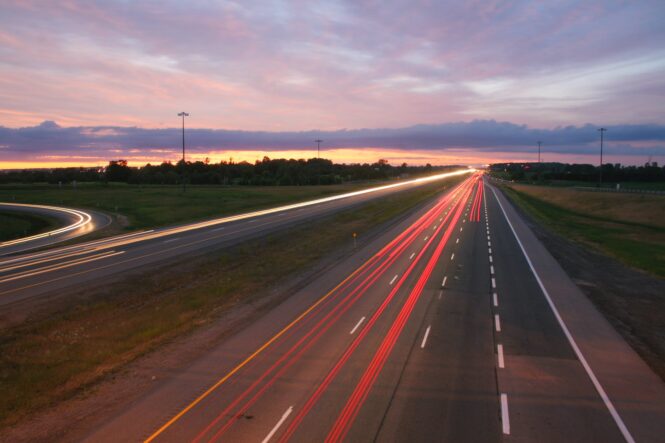
When in the future, cars can run on an electrical grid similar to kiddie cars that run on a rail at amusement parks, not only will computers be able to significantly eliminate gridlock, but virtually eliminate traffic accidents.
And the grid, which will run on electricity, will be almost pollution-free or at the least, run on a fairly sustainable and low pollution fuel such as natural gas.
There will still be problems, however. For one, the grid would be costly, and the second reason will be the initial costs to make stop-off points.
Let’s say for example a person was on the 405 Freeway in Los Angeles. Would there be a stop-off point at Heasby Street, Morrison Street, Houston Street and every other junction in between.
If yes, then how would people that work a couple of miles from there move on. Via ordinary buses? Golf carts, or an electric scooter?
Some visionaries envision electric scooters as the answer. You can visit motorizedrides.com to check the latest electric scooters today.

There are two problems however with an electric scooter, one being that you would need to block off a substantial part of the road to make them safe for everyone, and the other is that most electric scooters have a weight limit.
It seems likely that the solution for most commuters would be a set of electric golf carts that continually ran on a loop. It wouldn’t cover everyone, but together with public buses, also running on a grid, it would be a good start.
Another factor, of course, is the cost of electricity. Right now, the average cost of electricity is about 5 kilowatts in the United States. If in the future, scientists are able to crack the problem of fusion, the same technology the sun burns on, cars running on fusion would be transported at a fraction of the cost of gasoline and diesel.
In addition, electric motors not only run cleaner but they do not have to be overhauled as frequently. By some estimates, fully electric cars could easily last 500,000 miles or more.
The future of transportation
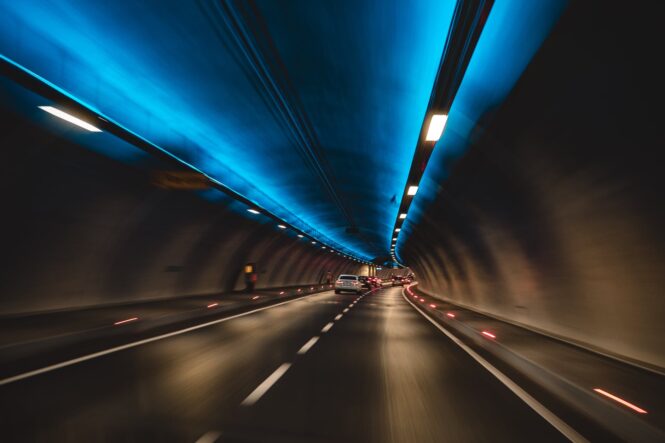
Of course, if we really want to look far out in the future, we can look forward to teleportation like what was frequently shown in the Star Trek movies and television shows. You simply decompose the atoms of the body, then rematerialize across the galaxy.
That may come eventually, but hopefully, the future inventors have conquered the Fly problem, shown in both the 1958 and 1986 movie where a fly’s DNA gets mixed with a human. Until then, I think most of us will be content with electric cars.
 Imagup General Magazine 2024
Imagup General Magazine 2024
